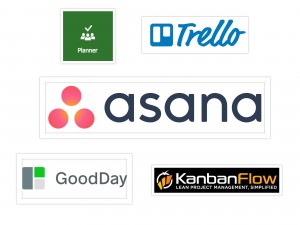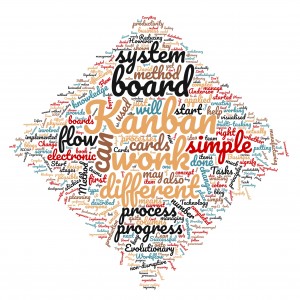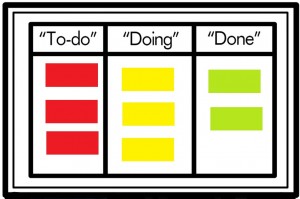
Not classroom training and not just a normal online training course, what exactly is Virtual Online Training and what are its specific benefits?
Virtual training is an online, interactive classroom where people meet live in order to learn. Although the session is live, the Trainer and all learners take part from separate locations. Participants engage in learning activities and interact with the Trainer/Facilitator, as well as each other. Virtual Training simulates the classroom environment, allowing Trainer instruction, group discussion, individual questions and practice exercises, all in real time. The key difference is that learners can participate from anywhere in the world.
The benefits of Virtual Training are:
Live Trainer: Questions can be asked in real time and as they occur, in context. The Trainer can react to learners’ requirements and vary session pace and re-visit areas of the Training if required. They can also provide expert help in the subject area, relating it to the particular requirements of the learners. This means the training is a dialogue rather than a monologue.
Learn from anywhere: Training that does not have the location limitations of a traditional classroom provides increased convenience. A team may be widely distributed geographically and unable to meet easily, but training takes place in one virtual classroom. There they can interact with one another and learn together.
Flexibility: Virtual training allows options not available in the traditional classroom setting. Since all participants, including the Trainer, will be working from home, training start and finish times can be much more easily varied to suit particular Teams or organisations. Sessions can be shortened, lengthened or even delivered in a series, since travel and logistics are not a concern.
Cost Effective: There are no additional expenses to pay for travel, meals and accommodation, or the cost of an outside Trainer coming on-site. Virtual training is budget friendly and time-saving, because training rooms do not need to be reserved and extra equipment is not required for the training. As learners do not lose time travelling it allows training with a minimal disruption to productivity.
Fits current working styles: Virtual Training is highly compatible with the way people currently work and learn. It is suited to how people use IT equipment and devices at work and in their home. Virtual training can also include a variety of online tools to disseminate training content and materials easily. These materials can also be provided in different formats that meet a diverse range of learning styles.
Increases Participation & Engagement: Counter-intuitively, Virtual Training can provide more opportunities for participation and engagement than even traditional classrooms do. Learners can interact through chat features, which can allow learners not as comfortable with interacting in-person an opportunity to contribute they would not normally have. Chat facilities also allow for questions that cannot be dealt with immediately to be noted and answered at the end of the session or later. Sharing features and facilities in the virtual classroom can allow learners to collaborate and connect. in new ways.
Motivates by Relating Training specifically to Learner’s Jobs: A virtual training course can be customised to fit the level of experience, current projects and the learning goals of a team. It can be tailored to fit their day-to-day activities This can motivate learners who, perhaps initially, can’t see how training will benefit them. In the virtual environment, it is much easier to look at real work examples, as Learners will, for the large part, using the same machines they normally work on. This also allows the immediate application of anything learned, which will engage and motivate and learners, and let them see the relevance of the training to their jobs.
Although Webinars can also include the use of presentation slides, text chat, webcam, whiteboards used like flip-charts and other online facilities, virtual Training is much, much more than a webinar. In some areas, it even has advantages on traditional Classroom training.

 As we said in the last blog, using a Kanban board is not quite as simple as just creating the board. putting cards onto it, then simply moving them around. The Kanban Method, which is outlined by David J Anderson in his book “Kanban: Successful Evolutionary Change for Your Technology Business” outlines a number of principles for managing and improving the flow of work.
As we said in the last blog, using a Kanban board is not quite as simple as just creating the board. putting cards onto it, then simply moving them around. The Kanban Method, which is outlined by David J Anderson in his book “Kanban: Successful Evolutionary Change for Your Technology Business” outlines a number of principles for managing and improving the flow of work.
 Weekend. The weather is shining but we’re all still on Lockdown. We can’t take a mini-break or even go to the park, so what are we going to do? The good news is there are still plenty of things to do to make this a real Bank Holiday weekend to remember.
Weekend. The weather is shining but we’re all still on Lockdown. We can’t take a mini-break or even go to the park, so what are we going to do? The good news is there are still plenty of things to do to make this a real Bank Holiday weekend to remember.